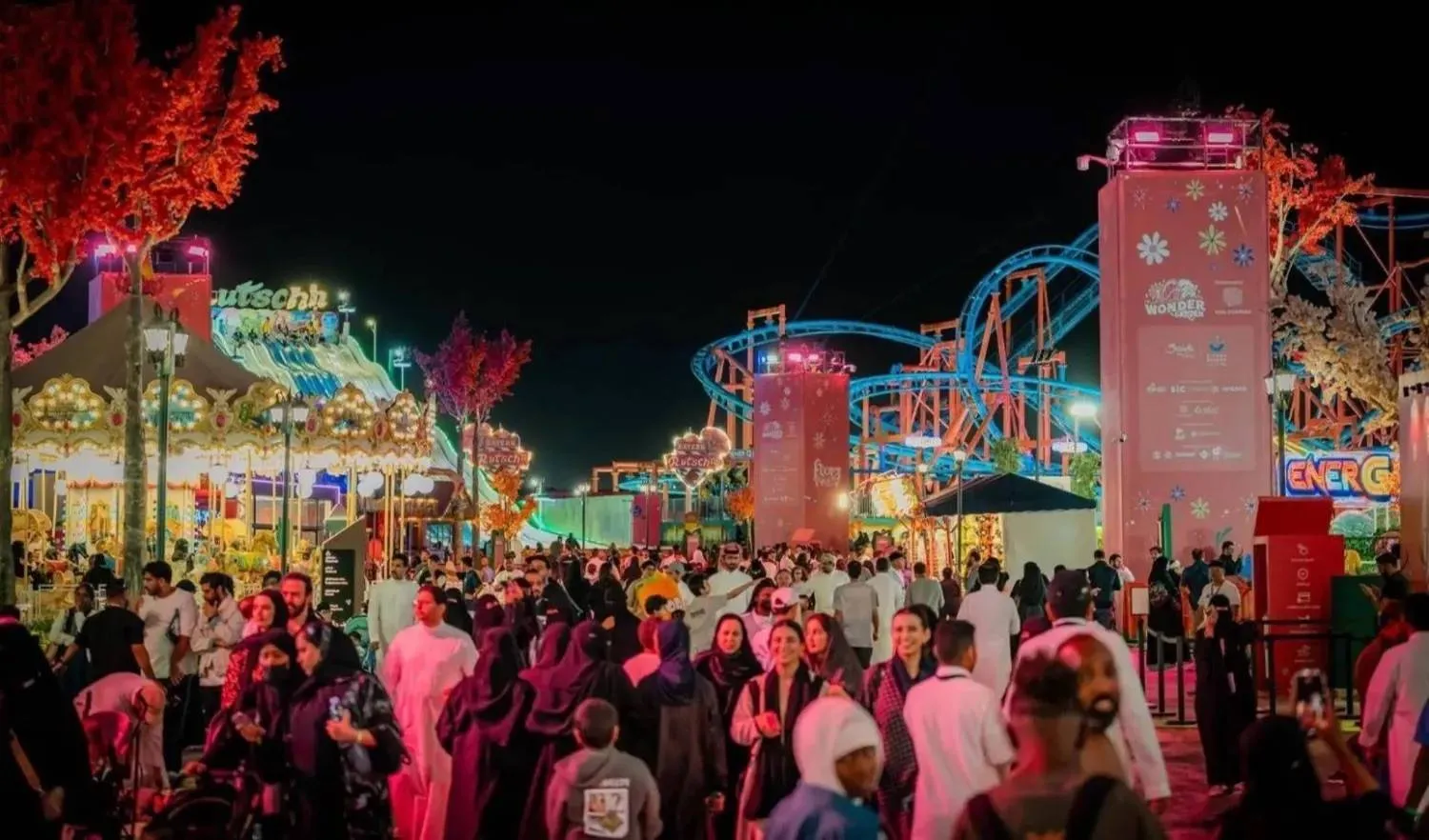Saudi Aramco has pressed ahead with plans to increase production from offshore fields to maintain its capacity of producing 12 million bpd in the coming years.
The company has set a $300 billion budget for oil and gas projects in the next 10 years.
On Tuesday, Aramco said it awarded a contract to China Harbour Engineering Arabia for the construction of two drilling islands under the company’s Berri Increment Program (BIP).
The objective of the BIP is to produce an additional 250,000 barrels per day (bpd) of Arabian Light crude oil from the Berri Oil Field to reach 500,000 bpd to maintain Aramco’s maximum sustained capacity by early 2023.
Last week, Aramco awarded the first large-scope integrated services contract for its Marjan oilfield to GE’s Baker Hughes.
Baker Hughes will provide drilling services, coiled tubing services and drilling fluids engineering services in Marjan, which is the first of three major offshore expansions in Saudi Arabia, and the company’s largest upstream development project this year.
Aramco has announced in its annual report that it restored one of the units at Zuluf field, which had been shut down for 23 years. This would help the field maintain an 800,000 bpd production.
The annual report also indicated that Dammam field will begin producing 25,000 bpd in 2021, which will be increased to 75,000 in 2026.
On Tuesday, Aramco signed a contract with China Harbour Engineering in Dhahran.
The Program includes the installation of a new Gas Oil Separation Plant (GOSP) in Abu Ali Island and additional gas processing facilities at the Khursaniyah Gas Plant (KGP) to process 40,000 bpd of hydrocarbon condensate associated with the Berri Crude Increment. Related pipelines, water injection facilities, onshore drilling sites, drilling islands and offshore facilities are also included.
Under the contract, two drilling islands shall be constructed near shore at the north and south sides of the King Fahad Industrial Port (KFIP) causeway in Jubail, to support the Berri field production capacity islands.
The two drill sites referred to as Site A and Site B will have an approximate overall area of 616,553 square meters and 263,855 square meters respectively.
At least three North Asian buyers will receive extra supplies of Saudi oil after the kingdom cut its prices for most grades in October and as they look to cushion the impact on supply of US sanctions on Iran, sources told Reuters.
Buyers have asked to lift more Saudi oil than contracted volumes in October amid fears that the sanctions will crimp supply during peak winter demand in Asia, the sources said.
The sources, who preferred to remain anonymous as they are not authorized to speak to the media, indicated that Aramco will supply more oil to the buyers in October, with one to receive more Arab Light crude.
Washington has asked buyers of Iranian oil to cut imports to zero in the run up to early November to force Tehran to negotiate a new nuclear agreement and to limit its influence in the Middle East.
Increase in Brent price has also made European and African oil more expensive for Asian refiners, while the US-China trade war has sharply reduced China’s oil imports from the United States.
However, last week, Aramco cut its official selling prices for most of the crude grades it sells to Asia in October, making Saudi oil competitive.
Saudi Arabia, the world’s top crude oil exporter, and other producers from the Middle East and Russia have increased exports after a June meeting where they agreed to raise output by 1 million bpd. The rise in supply is to replace falling exports from Venezuela and Iran.







